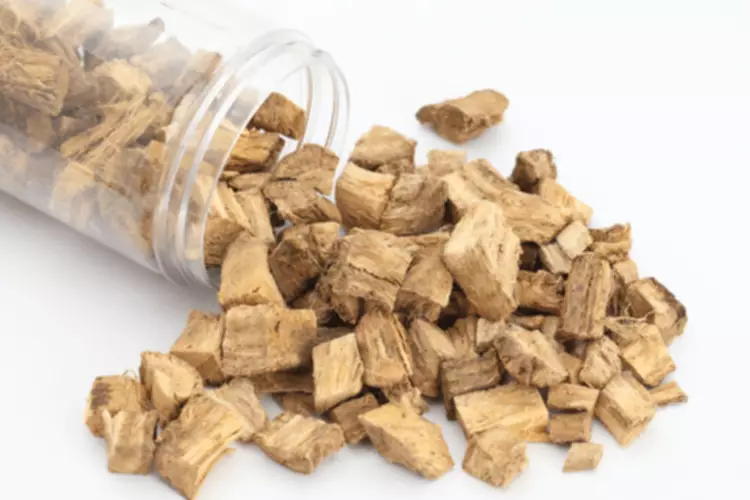Relapse by addicts who’ve recently been through opioid withdrawal or detoxification could be especially risky because of the fact an user’s tolerance could have often reduced substantially. Many overdose deaths take place in individuals who have lately withdrawn from opioids. Call your healthcare provider or seek immediate medical care if you have new or worse withdrawal symptoms that you can’t manage at home. A slow taper off the drugs may help avoid or lessen the effects of withdrawal.
Healthdirect Free Australian health advice you can count on.
While opioid withdrawal symptoms are not usually life-threatening, they can still cause psychological and physical distress. Because of the discomfort involved when an individual stops using opioids, he or she may resort to using again to avoid the withdrawal process. However, the cycle of stopping opioid use only to resume it again can be a perpetual one and make it more challenging for an individual to completely end opioid use in the future. Stopping opioid use and starting again can also increase the risk of overdose. Opiate withdrawal response is usually mild and not life-threatening.
Medical directory for suboxone treatment physicians
They also trigger your brain to release dopamine, a chemical that makes you feel good. Today, the administration touts that deadly withdrawal as a success, and they have yet to hold a single person accountable for their role in this tragedy. In fact, many of those responsible for this catastrophe have actually been promoted. Sometimes, professional help through therapy or counseling is needed to break deep-rooted patterns.
More on Substance Abuse and Addiction
Continue reading to discover what to expect during opioid withdrawal, which treatment options are available and how MedMark Treatment Centers can help. Approximately 808,000 people in the United States reported using heroin in 2018, and approximately 11.4 million people used prescription narcotic pain relievers without a prescription. The United States Centers for Disease Control and Prevention (CDC) reported 56,064 opioid overdose deaths in 2020, and this number increased to 75, 673 in 2021. The best way to avoid opiate abuse is to take opiates only as prescribed by a doctor.
The administration’s utter failure to prepare became painfully clear. Mr. Speaker, three years ago, the world witnessed one of the most devastating foreign policy disasters in American history. The Biden-Harris administration withdrew all U.S. forces from Afghanistan with no plan, no care, and no remorse. Though stonewalling can seem like a relationship-ending behavior, it doesn’t have to be.
– Today, House Foreign Affairs Committee Chairman Michael McCaul delivered remarks on the House floor in support of his resolution H.Res. Depending on the particular opioid getting abused the starting point and amount of withdrawal also is sneezing a sign of withdrawal varies. Generally, those opioids that have an extended half-life have an extended, more drawn-out withdrawal than those opioids with shorter half-lives. Your provider will perform a physical exam and look at your nose and throat.
What is an opioid?
Treatment typically involves medications, counseling, and support. Withdrawal symptoms after stopping shorter-acting opioids—such as heroin—begin within hours of the last dose. Withdrawal symptoms from longer-acting opioids, such as methadone, can begin after several days. If you stop or decrease the number of opioids you’re taking, you may experience physical symptoms of withdrawal. This is especially true if you’ve been using these medications at high doses for more than a few weeks. Methadone is an opioid that is often prescribed to treat pain but may also be used to treat withdrawal symptoms in people who have become addicted to opioids.
Common Drug Withdrawal Symptoms
Focusing on mental and physical health can significantly impact an individual’s recovery. The best way to prevent opiate withdrawal sneezing is to avoid opiates altogether. If opiates are being used, it is important to use them responsibly and in accordance with a doctor’s instructions.
- When you enroll in one of our 34 programs nationwide, you can expect to receive treatment for opioid withdrawal symptoms and opioid addiction that aims to address every aspect of recovery.
- When I got to inpatient treatment I had to go to the ER because it felt like I was going to have a seizure.
- Alcohol withdrawal syndrome is less common in persons younger than 20 years because of their limited access to alcohol.
Hospitalization for Severe Opioid Withdrawal Symptoms
Withdrawal is a reaction of the mind and body that happens when a person reduces or stops using a substance. Symptoms can range from mild to severe, and withdrawal may even result in death. It is important to seek help from a qualified healthcare professional before reducing or stopping substances and to treat withdrawal symptoms. Stimulant withdrawal symptoms include anxiety, changes in appetite, depression, difficulty focusing or concentrating, difficulty sleeping, dizziness, fatigue, headaches, irritability, and mood swings. Symptoms can last for a few days to a few weeks, or longer in some cases. It is important to seek support for withdrawal symptoms such as depression, especially if there are suicidal thoughts.
Who is most likely to experience opioid withdrawal symptoms?
If the patient has hypoglycemia, dextrose 50% in water (D50W) 25 mL to 50 mL and Thiamine 100 mg intravenously (IV) is also indicated. Low doses of clonidine can help reverse central adrenergic discharge, relieving tachypnea, tachycardia, hypertension, tremor, and craving for alcohol. In an agitated patient, neuroleptics such as haloperidol 5 mg IV or intramuscularly (IM) may be added to sedative-hypnotic agents as an adjunctive therapy.
Comments are closed.





